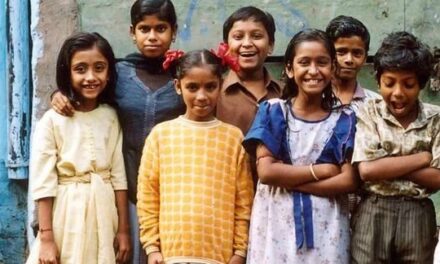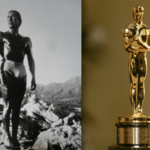By Katia Moraes
If you just arrived in Los Angeles, it’s possible that you’ve never heard about La Ve Lee and Octavio Bailly. If you are a musician, you better thank him for opening the doors to the whole community in Los Angeles, to the sounds of Brazil. Because of Octavio, Brazilian music in L.A had residence at La Ve Lee in Studio City from 1988 to 2010.
Octavio is a strong headed man with a great sense of humor, and an intensity that pours out of him as he tells million stories about the music business. No way you would you believe he is 85 years old when you meet him. He recently said to me: “I face life with positive eyes. When you need to run away from a fierce dog and jump a fence, make sure you reach for that inner force and use it with grace.” He believes his composition “The Child in You” recorded by his friend Frank Zottoli is a perfect example of his philosophy.
Octavio was the only child of a pianist-housewife mother. Attracted to the flute as a child, he switched to harmonica, acoustic guitar and finally to the bass. In 1962 he was a member of Bossa Rio and performed at Carnegie Hall during the historical night that introduced Bossa Nova to the U.S. He has played with Lou Rawls, Cannonball Adderley, Al Jarreau, Antonio Carlos Jobim, Walter Wanderley, Tamba Trio, Paulinho Da Costa, Wanda Sá, and Sergio Mendes, among others.

Carnegie Hall in 1962 from left to right: Octavio Bailly, Luis Carlos Vinhas, Dora Vasconcelos, Ronaldo Boscoli, Mario Dias Costa, Wilson Simonal, Marly Tavares and Chico Batera.
Based on a Los Angeles Times article written in August 1988, La Ve Lee was a burger stand that a Lebanese man called Eddie enclosed and transformed into a middle eastern restaurant. In the beginning there was a duet performing with very few attendees. One day, someone told Octavio about a place on Ventura Blvd that was looking for live music. He met with Eddie, and convinced him they could attract a crowd using the Brazilian Consulate mailing list, recently offered to him by the Consul.
He called his quartet Brazilian Jazz and with time they went from 2 nights to 5 nights a week. The place bloomed and the press wanted to know what Brazilian jazz was. The other members of the band were pianist Liz Kinnon, drummer Claudio Slon and singer Flavia de Melo.
Later on, Dionne Warwick’s protégée, Eliana Estevão (singer of the Brazilian revue show Oba Oba) became the central act of the new jazzy spot in town. I remember seeing Eliana there in 1990 before she moved to Las Vegas. I also saw Sonia Santos who became a resident performer right after.
At the entrance door there were always copies of the L.A Jazz Scene magazine that included the calendar of the house. Eventually, La Ve Lee started to include many different types of music to its schedule. The hub (or “hole in the wall” for some people) stretched its wings and little by little added bands playing funk, Latin music, rock, and more.
Sometimes you could rub shoulders with Hollywood stars and pop music icons scouting for young and talented musicians (Brazilian or not) like Christiaan Oyens, Kleber Jorge, Renato Neto, and Grecco Buratto. These and many other musicians have played with Airto Moreira, Flora Purim, Oscar Castro-Neves, Fátima Guedes, Sergio Mendes, Dori Caymmi, Prince, Pink, and Shakira, among many.
La Vee Lee was also my residency spot with my band Sambaguru. I have fond memories of Karina who used to book the bands. Her sweet way of pronouncing my name with her Russian accent warmed my heart. And the food left for me by the cook after every performance, always reminded me of the kindness in the world.
* Katia Moraes is a composer, singer, writer, and a long time Soul Brasil magazine contributor. She is a native from Rio de Janeiro and lives in Los Angeles since 1990. To know more about her visit: www.katiamoraes.com














